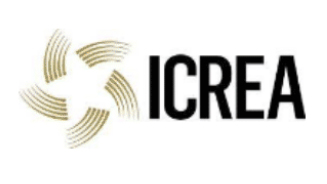Chem, 2018, 4 (2), 334-358
Graphene oxide elicits membrane lipid changes and neutrophil extracellular trap formation
Understanding the biological interactions of graphene-based materials, not least their interactions with immune-competent cells, is of critical importance for safe handling of these materials. While some studies have explored the interaction of graphene oxide (GO) with macrophages, few if any have assessed the impact of GO on neutrophils. Here we synthesized GO sheets with differing lateral dimensions under endotoxin-free conditions and we showed by using an array of analytical and imaging techniques including transmission and scanning electron microscopy, confocal microscopy, and time-of-flight secondary ion mass spectroscopy (ToF-SIMS), that GO elicits cell death in primary human neutrophils with formation of neutrophil extracellular traps (NETs). ToF-SIMS revealed that GO triggers pronounced perturbations of plasma membrane lipids in neutrophils with a decrease in cholesterol and increased levels of oxidized cholesterol species. The induction of NETs was size-dependent and associated with mitochondrial reactive oxygen species (ROS) production and Ca2+ influx in GO-exposed neutrophils. Importantly, antioxidant treatment effectively reduced GO-triggered NET formation. These studies have provided evidence of a novel biological effect of GO manifested through direct interactions with plasma membrane lipids in neutrophils.








